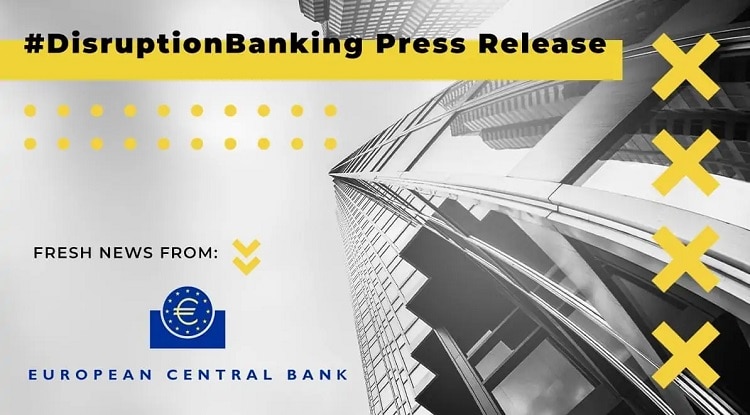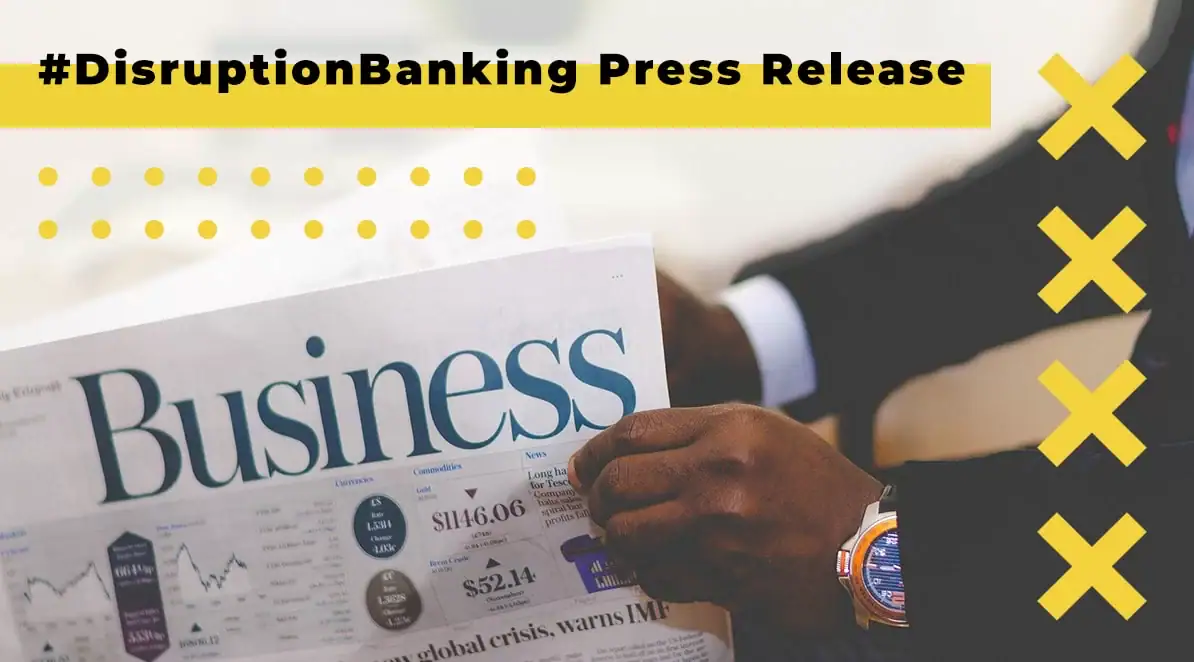Eric Njuguna, a youth climate justice organizer from Kenya, began their climate activism in 2017 at the age of 15 after severe droughts in Nairobi disrupted their school’s water supply. Since then, Njuguna has emerged as one of the most prominent youth climate activists globally, collaborating with Swedish environmental activist Greta Thunberg and actively participating in the annual United Nations Climate Change Conferences (COP).
At COP29 in Baku, Njuguna criticized the global north—wealthier industrialized countries responsible for the majority of emissions—for not doing enough to support less developed countries that have borne the brunt of the climate crisis.
Developing nations had called on rich countries to provide $1.3 trillion annually to help them decarbonize their economies and cope with the effects of the climate crisis. However, the final agreement pledged only $300 billion annually.
Njuguna believes that this figure falls woefully short of what developing countries need “That’s even less than Elon Musk’s net worth. Is this a joke?” they posted on X.
My statement from yesterday's press conference at #SB58: @GretaThunberg and I talked about the urgent need for a fossil fuel phaseout whilst immediately and massively scaling up renewables in a just and equitable manner in line with the 1.5 Goal. pic.twitter.com/o6gkr8yIuy
— Eric Njuguna (@EricDNjuguna) June 14, 2023
Trillions Not Billions
“We want trillions not billions,” Njuguna said in a chant on the floor of COP29 negotiations together with other activists from ANGRY – the alliance of non-governmental radical youth, a coalition of youth climate justice organizers committed to building a fossil free, debt free and just future.
Njuguna’s sentiments are shared by many activists and negotiators from the global south, who view COP29 as a poor deal for the developing world. “That the developed countries are saying that they are taking the lead with $300bn by 2035 is a joke,” a delegate from Nigeria remarked following the document’s adoption. “We do not accept this.”
Although wealthy countries argue that $300 billion represents a tripling from the $100 billion initially pledged, Chandni Raina, a negotiator for India who’s an advisor to the country’s department of economic affairs, said it was “abysmally poor” compared with what was needed.
“This, in our opinion, will not address the enormity of the challenge we all face,” she said on the negotiation floor moments after the deal was announced.
Njuguna argues that while significant attention is being given to financing mitigation and adaptation, the necessary funding to address the loss and damage already caused by climate change is being overlooked. This includes the devastation of farmlands, destruction of infrastructure, and displacement of populations that has been caused by floods, droughts, cyclones and other extreme weather events.
“Global North countries are refusing to take responsibility for loss and damage. And that is why we’re here. Making sure that the new collective quantified goal includes provision for both mitigation and adaptation, but also loss and damage to make sure that communities on the frontlines of the climate crisis are supported adequately,” they said at COP29.
Carbon credits not a solution
As developing nations strive to secure the necessary funding for a green transition, many are increasingly turning to carbon credit markets to bridge the gap. Advocates of carbon credits argue that they offer a dual benefit: reducing greenhouse gas emissions while also financing global development.
Carbon credits function as permits, allowing the holder—often a large corporation based in a wealthy country —to emit a specified amount of carbon dioxide or other greenhouse gases. Developing countries that possess carbon sinks, such as forests that absorb and store carbon dioxide, can sell these credits to companies needing to offset their emissions. The basic idea is that the carbon sink in the country receiving the payment offsets the pollution by the company or country making the payment.
Proponents of carbon credits state that they generate revenues for developing nations to fund development projects, including renewable energy initiatives like solar or wind farms, which provide clean energy and create jobs.
However, critics like Njuguna contend that carbon credits serve as a smokescreen, enabling powerful companies and rich countries to continue their polluting practices unabated. This sentiment is echoed by other climate activists, including Mohamed Adow, the director of the energy and climate think-tank Power Shift Africa.
“Carbon credits act as pollution permits for the rich. A high-emitting company in the United States, for example, can avoid genuine efforts to reduce its own emissions by buying cheap carbon credits to ‘offset’ its dirty activity,” Adow said.
“The cheap credits effectively pay countries in Africa and other places not to emit greenhouse gases and allow the US company to carry on as before. This payment is a fraction of the true costs the countries will suffer from climate change,” he added.
The Center for International Environmental Law also believes that carbon markets are not climate finance, as many rich countries claim. “Having repeatedly flouted their legal obligations under the UNFCCC and Paris Agreement to fund climate action, a growing number of Global North countries are now claiming that carbon markets will deliver in climate finance,” it states.
“But big polluters paying to claim other countries’ climate action as their own through carbon offsets neither fulfills their duty to fund mitigation and adaptation nor makes up for their own inaction.”
#COP29 climate finance deal criticised as ‘travesty of justice’ and ‘stage-managed’
— Damian Carrington (@dpcarrington) November 24, 2024
– Some countries say deal should not have been done and is ‘abysmally poor’ compared with what is neededhttps://t.co/VUOmBPV8VH
Rich Countries Must Pick Up The Tab
Rich countries must pay for the climate crisis they started, argues Nikki Reisch, CIEL’s Director of Climate & Energy Program. “COP29 was a dumpster fire. Except it’s not trash that’s burning— it’s our planet. And developed countries are holding both the matches and the firehose. Their refusal to pay up for climate action and harm, or to phase out fossil fuels, in line with their legal obligations, denies Global South countries their due and puts a livable future at risk,” Reisch said.
Despite the validity of this argument, regions like Africa cannot afford to rely on the benevolence of the wealthy countries, which has so far fallen short. Some countries in Africa are turning to carbon markets – despite the controversy surrounding this – to secure climate finance, while others are seeking commercial lenders to fund renewable energy projects and climate-resilient infrastructure.
Ultimately, regardless of who bears the financial cost, the true burden of climate change falls on the millions of people in poor countries on the frontlines of the climate crisis, whose suffering intensifies with each passing day of inaction.
Author: Acutel
We are global investors who invest in good companies at fair valuation and speculate on all else subject to the risk exposure we can afford.
The editorial team at #DisruptionBanking has taken all precautions to ensure that no persons or organisations have been adversely affected or offered any sort of financial advice in this article. This article is most definitely not financial advice.















